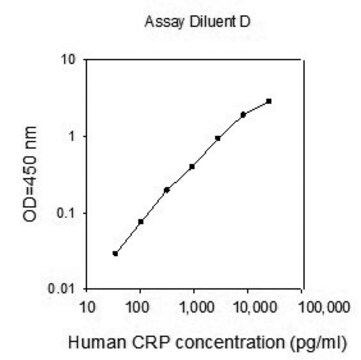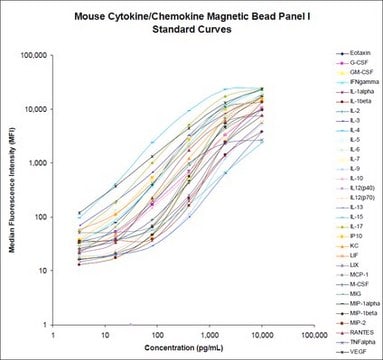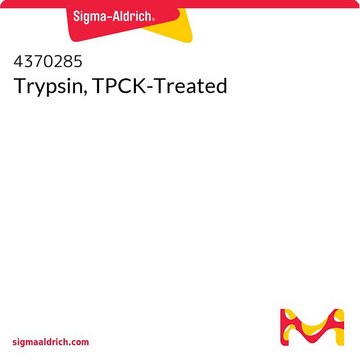4352135
iTRAQ® Reagents Multiplex Kit
Sinónimos:
isobaric tags for relative and absolute quantitation
About This Item
Productos recomendados
Condiciones de envío
dry ice
temp. de almacenamiento
−20°C
Descripción general
Aplicación
iTRAQ® Reagents Multiplex Kit has been used for the labeling of peptides for LC-MS (liquid chromatography–mass spectrometry)/MS analysis.
Nota de análisis
To view the Chemistry Quick Reference Card for the iTRAQ Reagents, please visit this Chemistry Quick Reference Card link.
The Certificate of Analysis (CofA) for your specific lot is accessible by entering the product number and lot number at this CofA access link.
Información legal
Palabra de señalización
Danger
Frases de peligro
Clasificaciones de peligro
Acute Tox. 4 Dermal - Acute Tox. 4 Inhalation - Acute Tox. 4 Oral - Eye Irrit. 2 - Flam. Liq. 2 - Skin Irrit. 2 - STOT SE 3
Órganos de actuación
Central nervous system
Código de clase de almacenamiento
3 - Flammable liquids
Punto de inflamabilidad (°F)
35.6 °F - closed cup
Punto de inflamabilidad (°C)
2.0 °C - closed cup
Certificados de análisis (COA)
Busque Certificados de análisis (COA) introduciendo el número de lote del producto. Los números de lote se encuentran en la etiqueta del producto después de las palabras «Lot» o «Batch»
¿Ya tiene este producto?
Encuentre la documentación para los productos que ha comprado recientemente en la Biblioteca de documentos.
Los clientes también vieron
Nuestro equipo de científicos tiene experiencia en todas las áreas de investigación: Ciencias de la vida, Ciencia de los materiales, Síntesis química, Cromatografía, Analítica y muchas otras.
Póngase en contacto con el Servicio técnico













